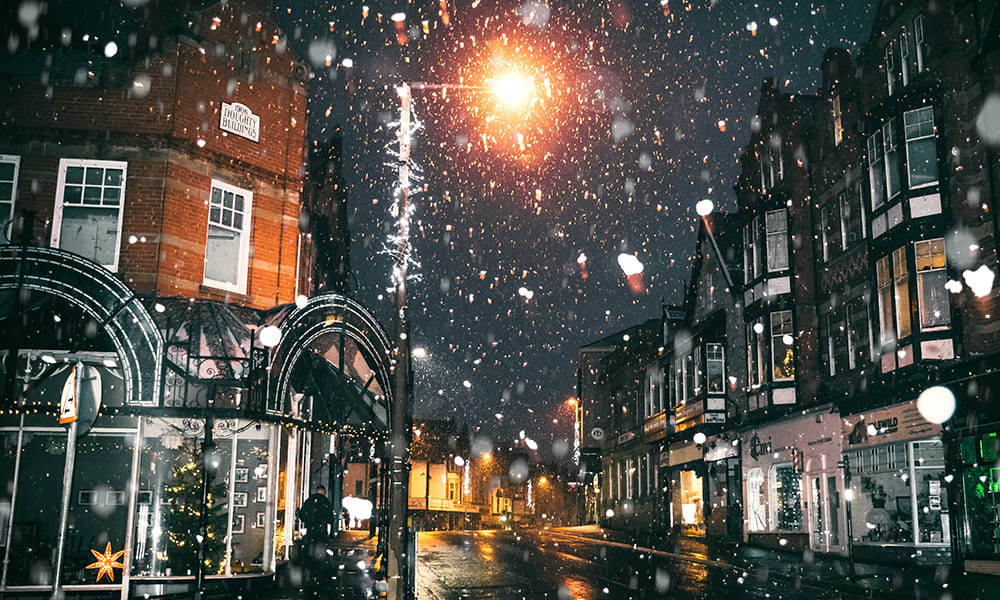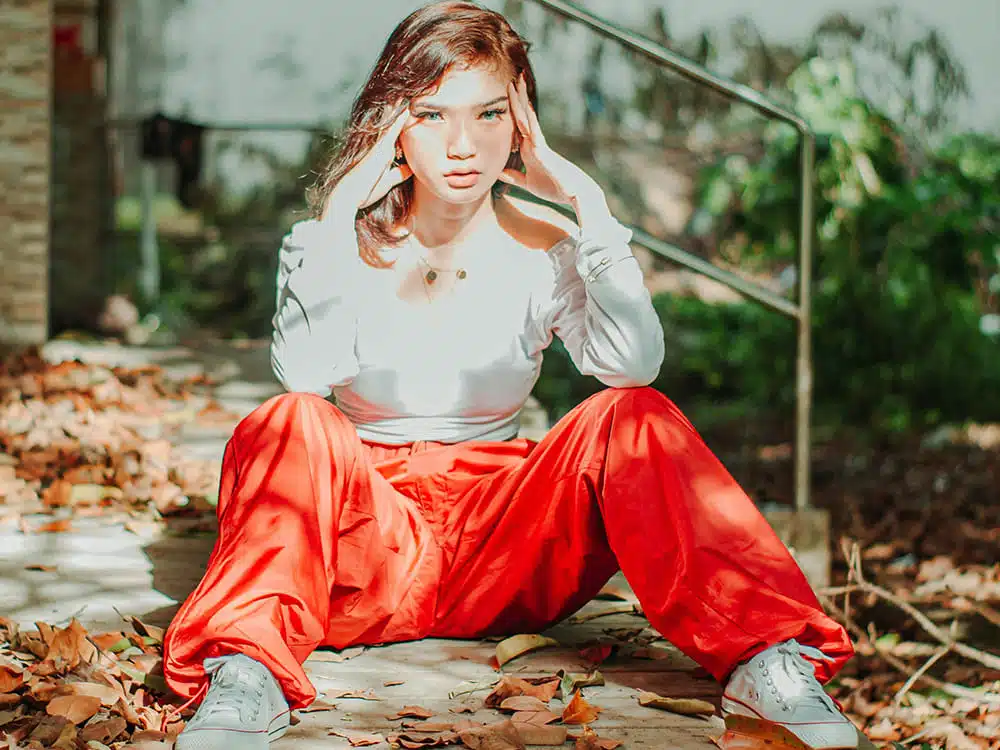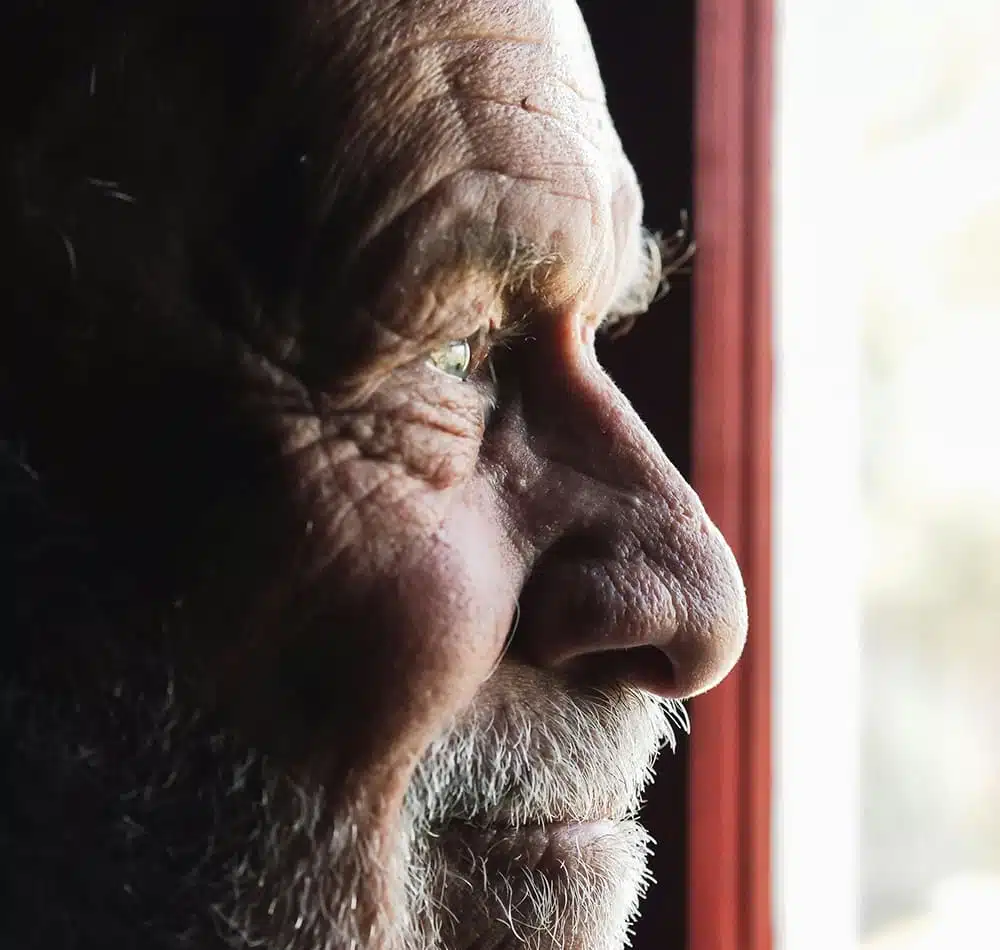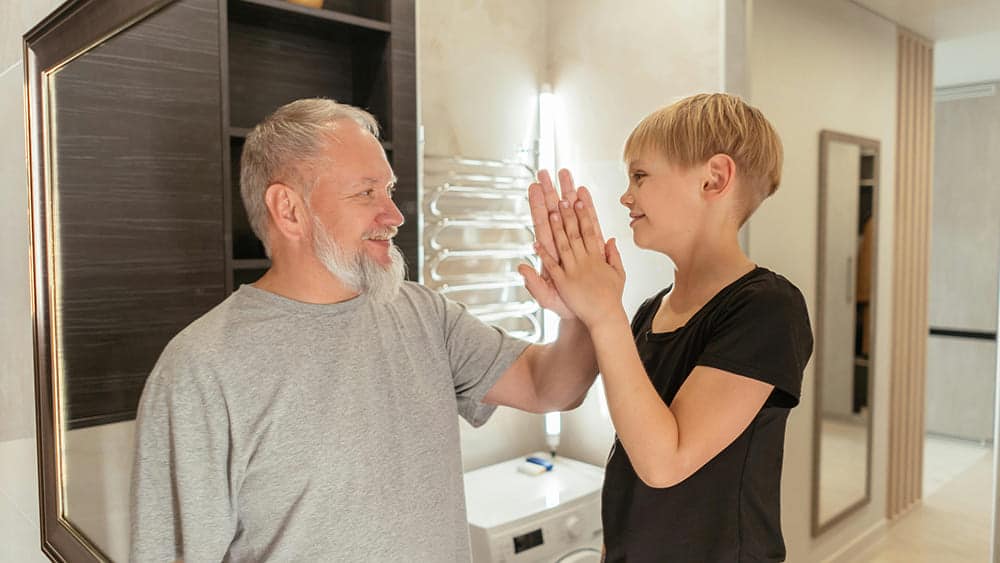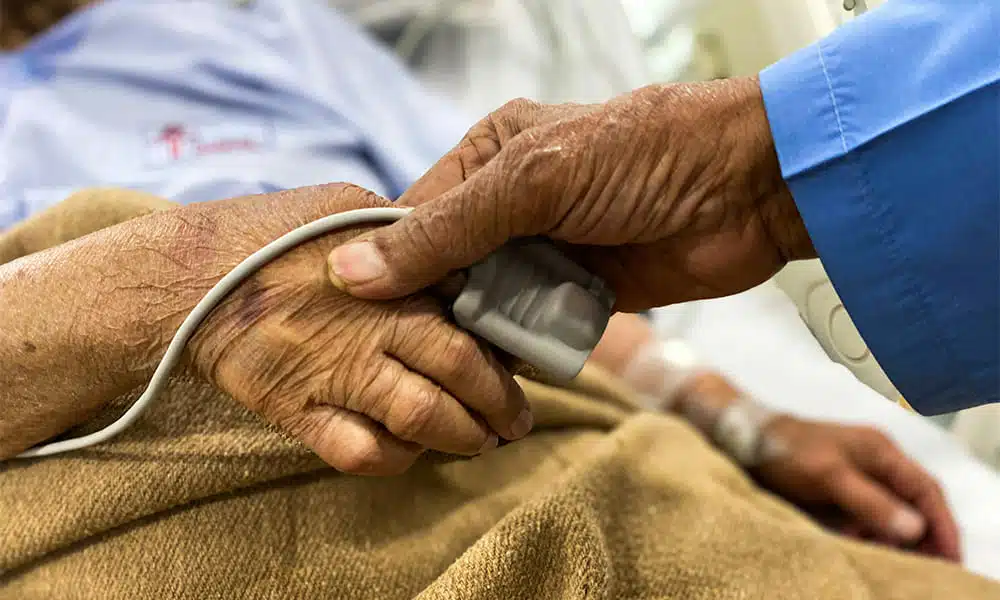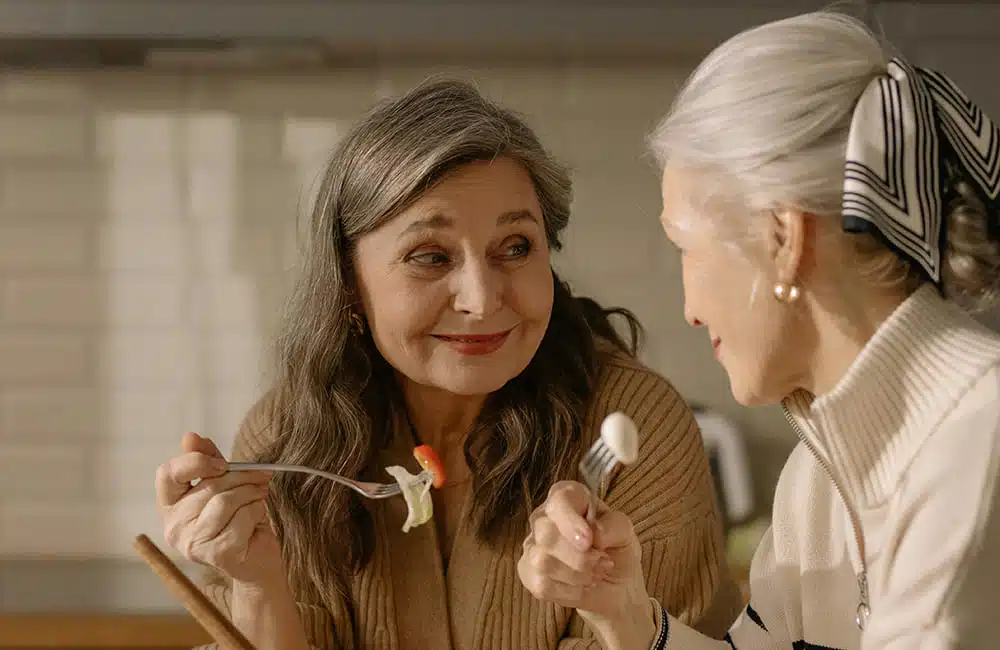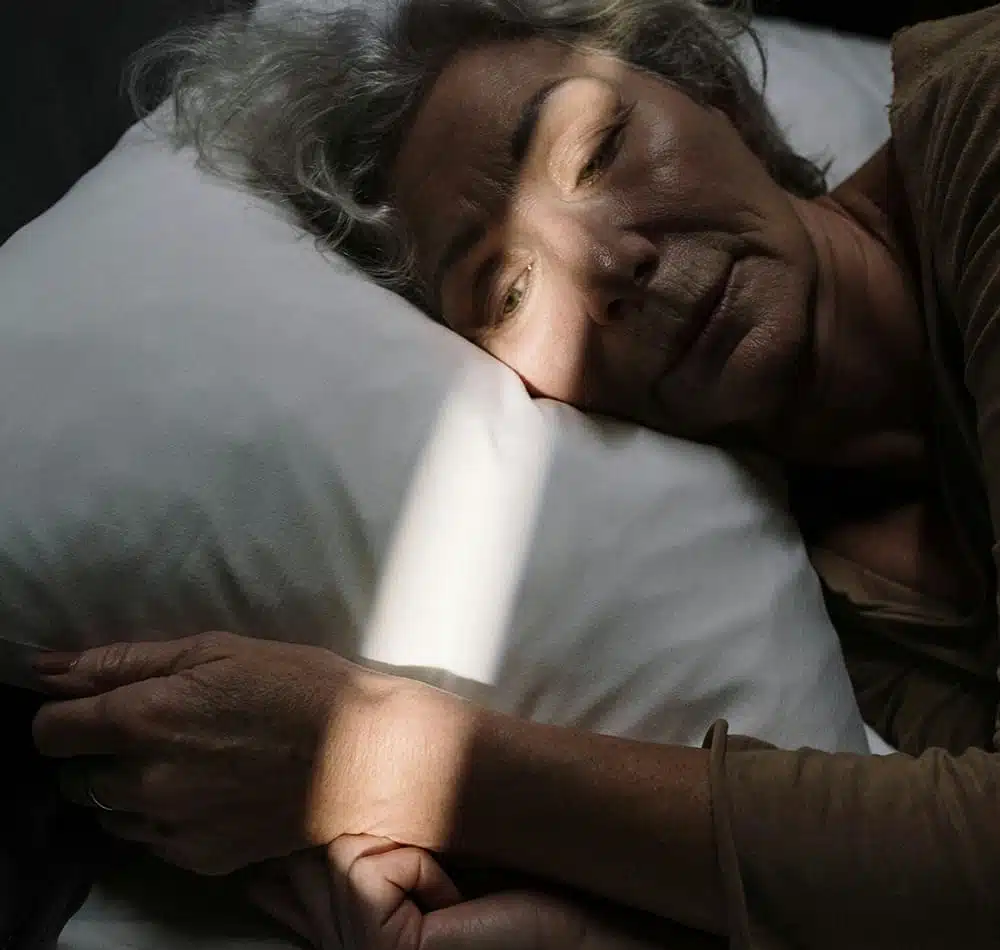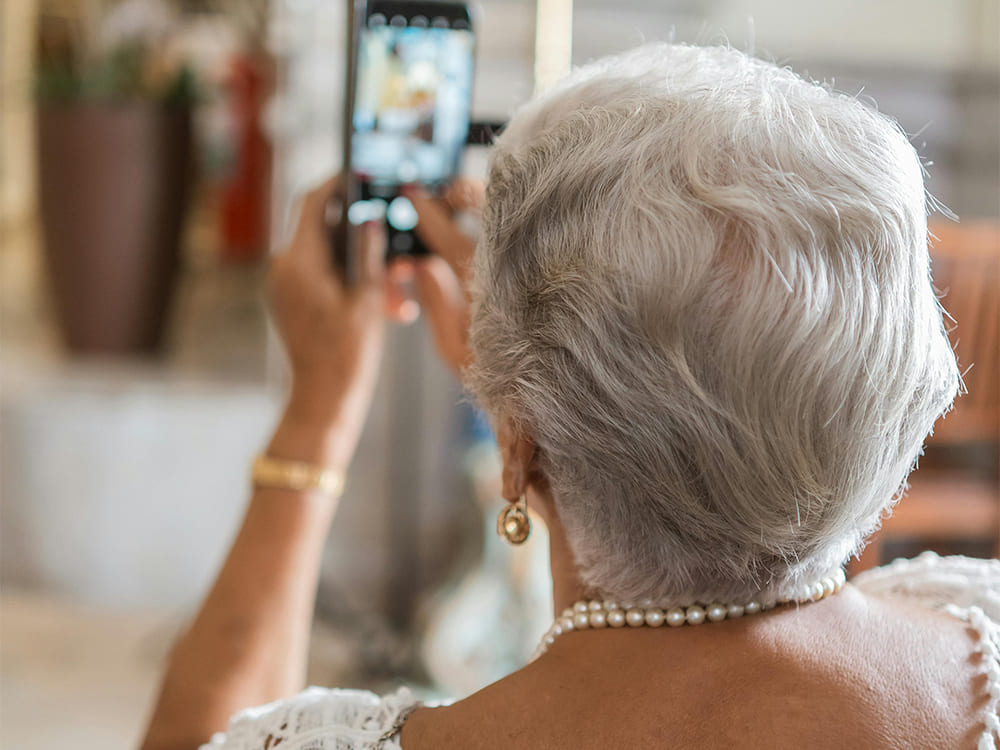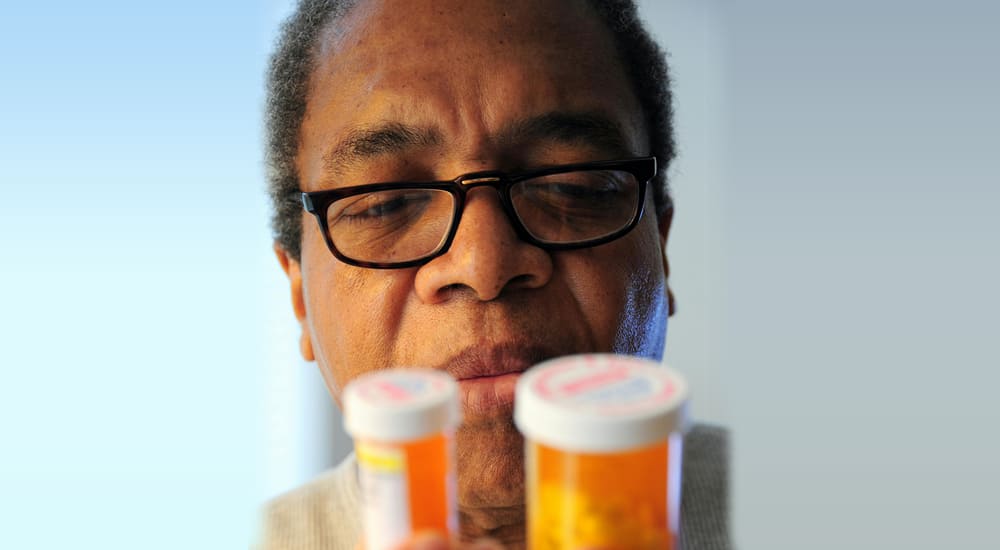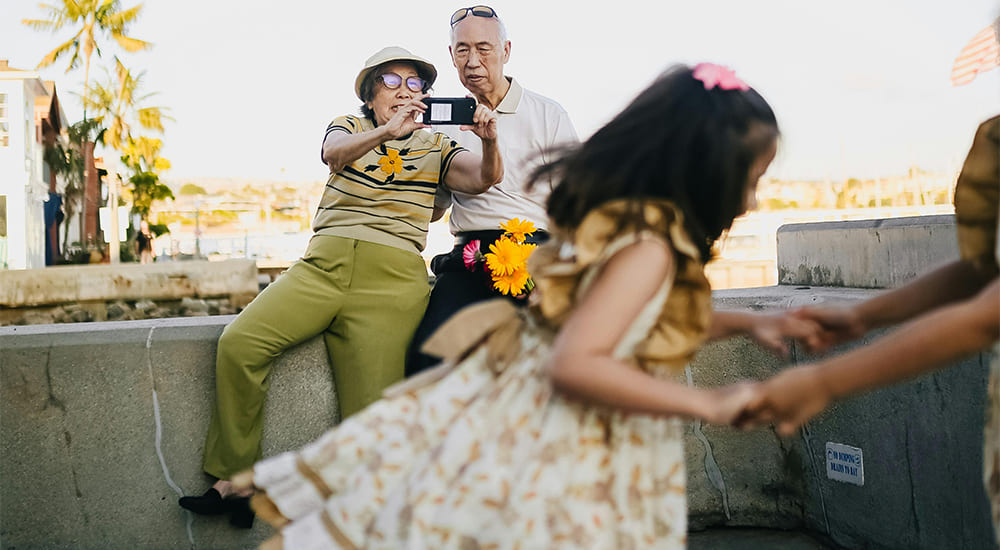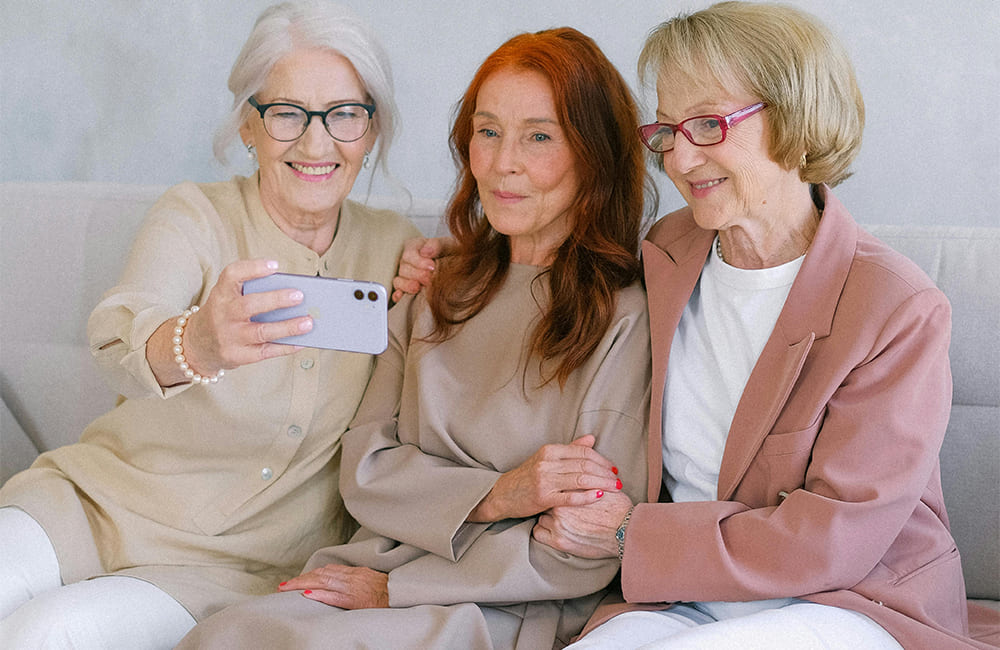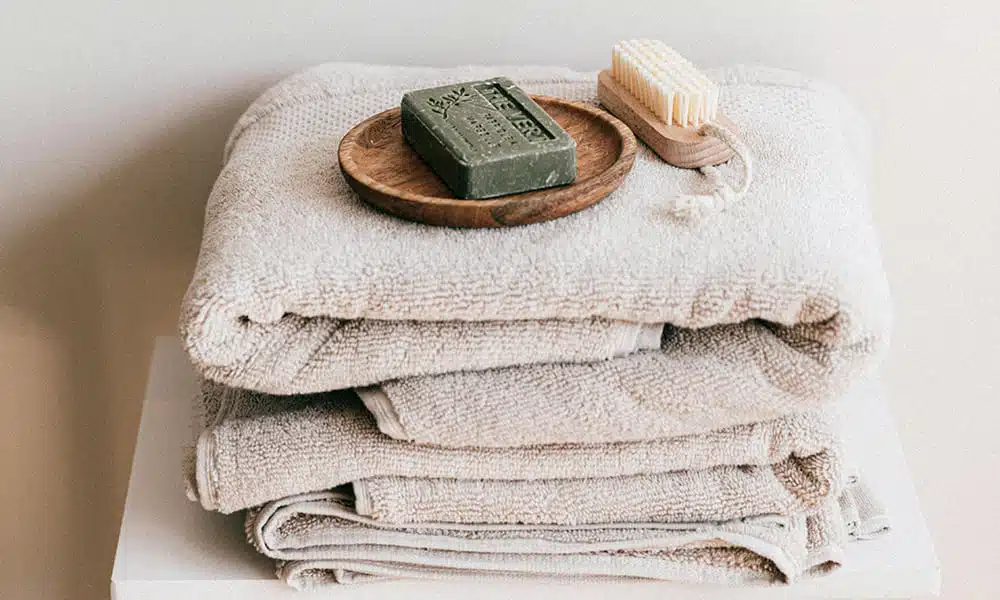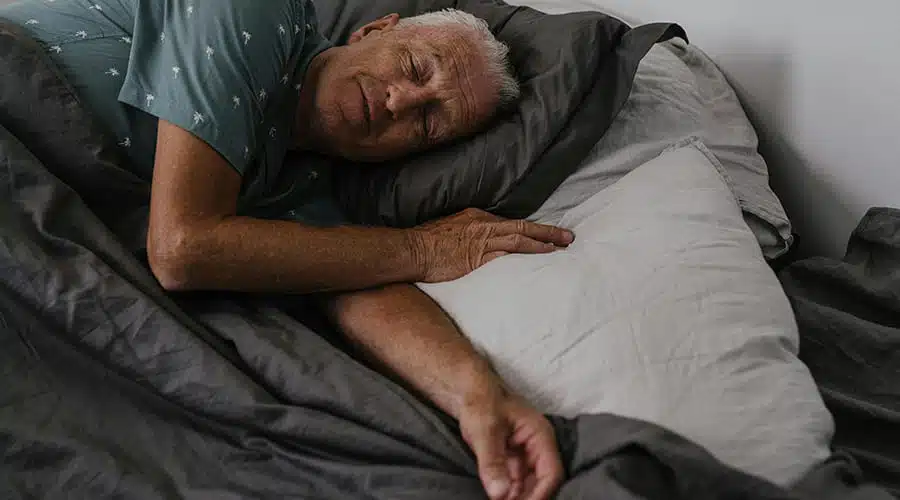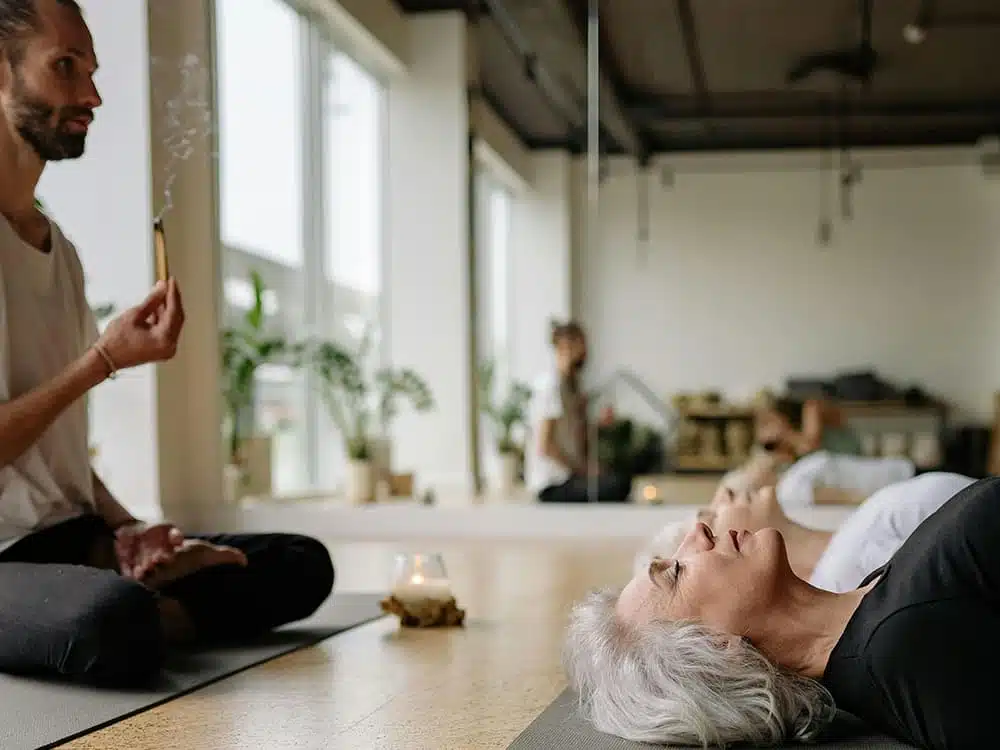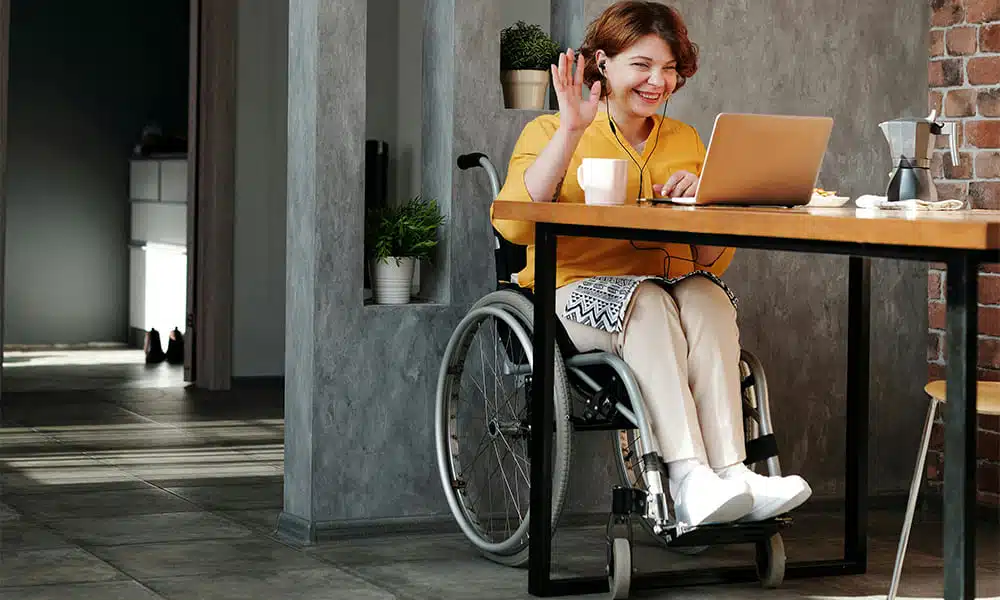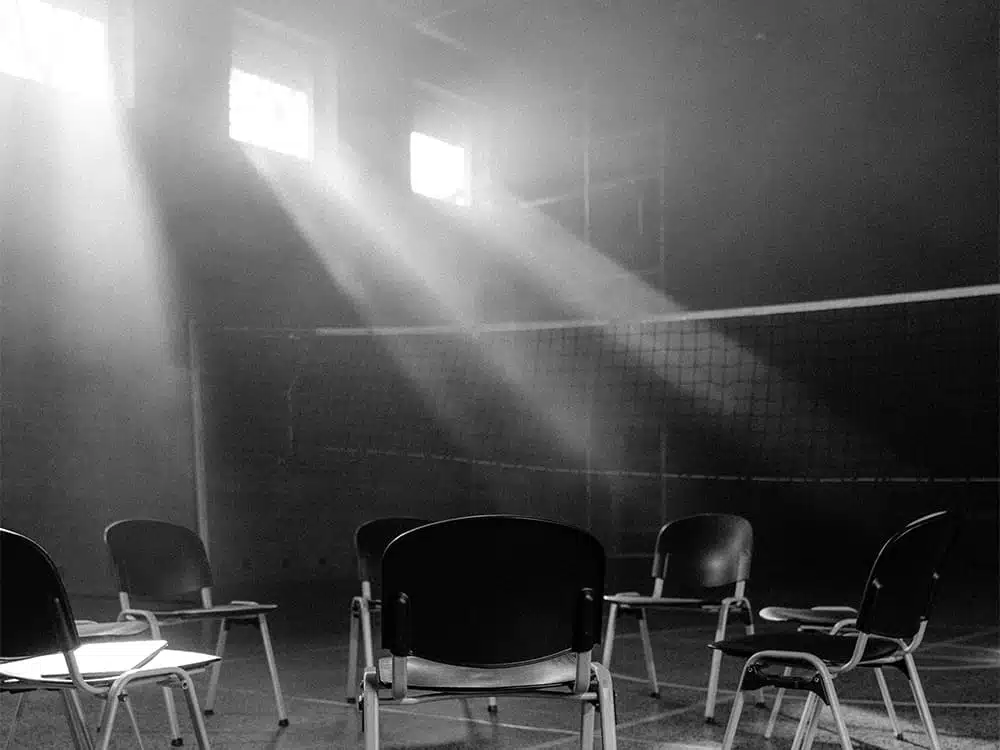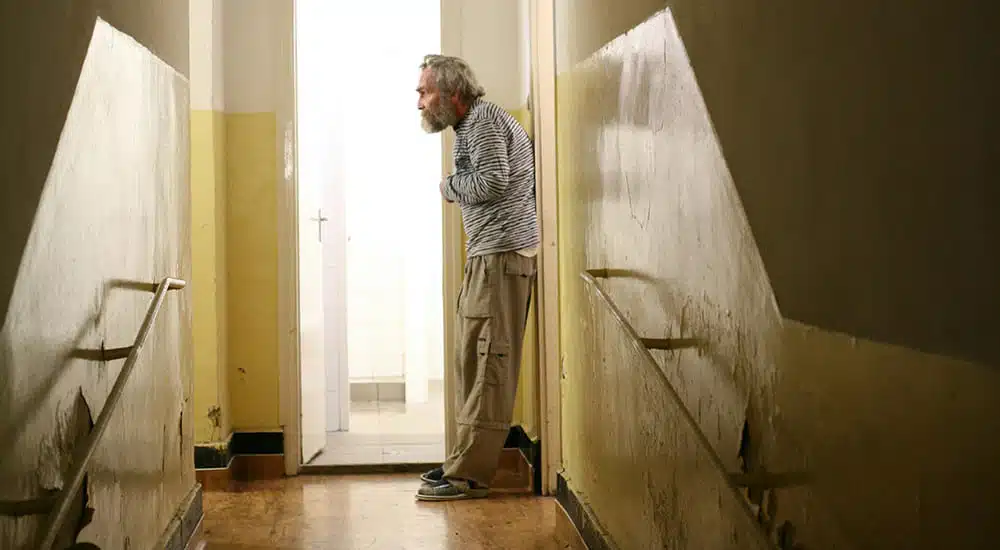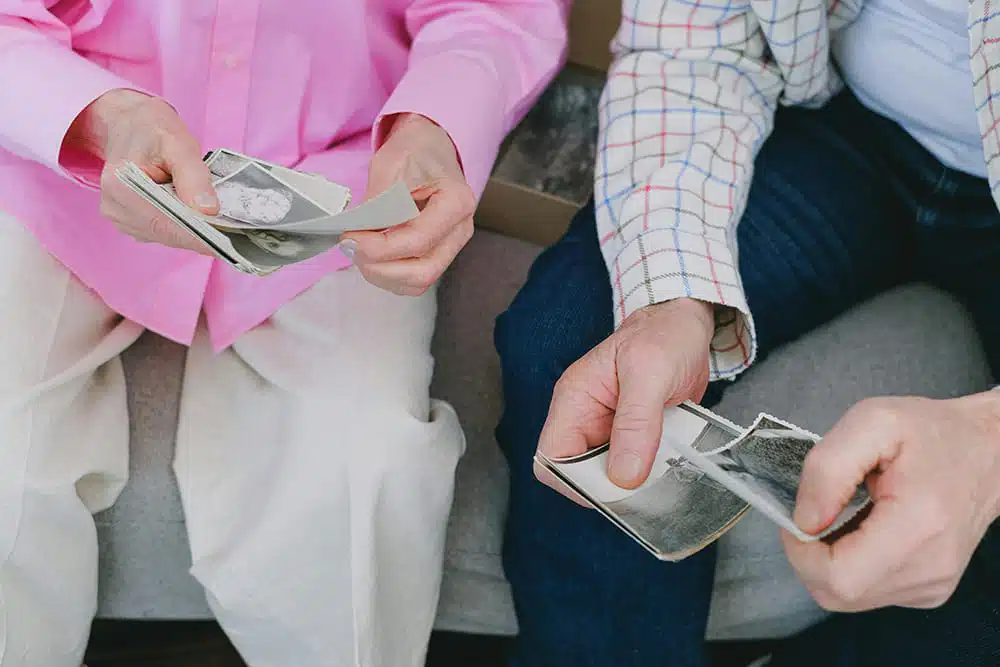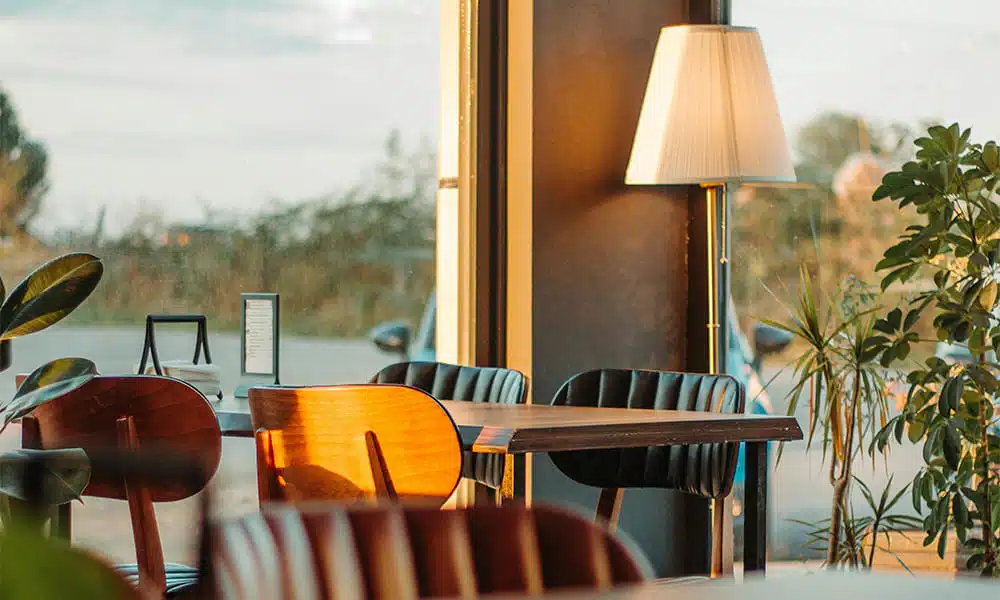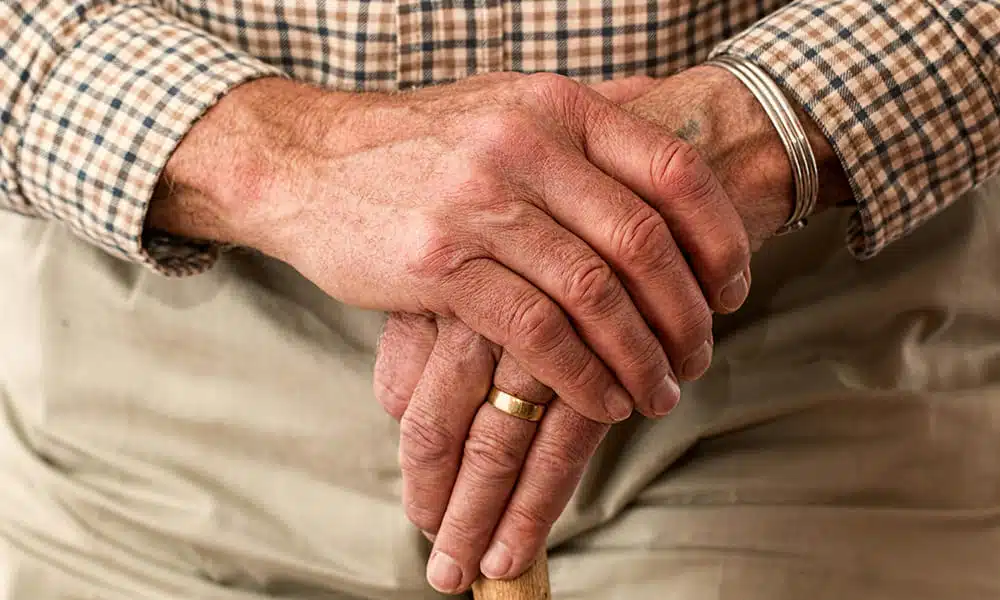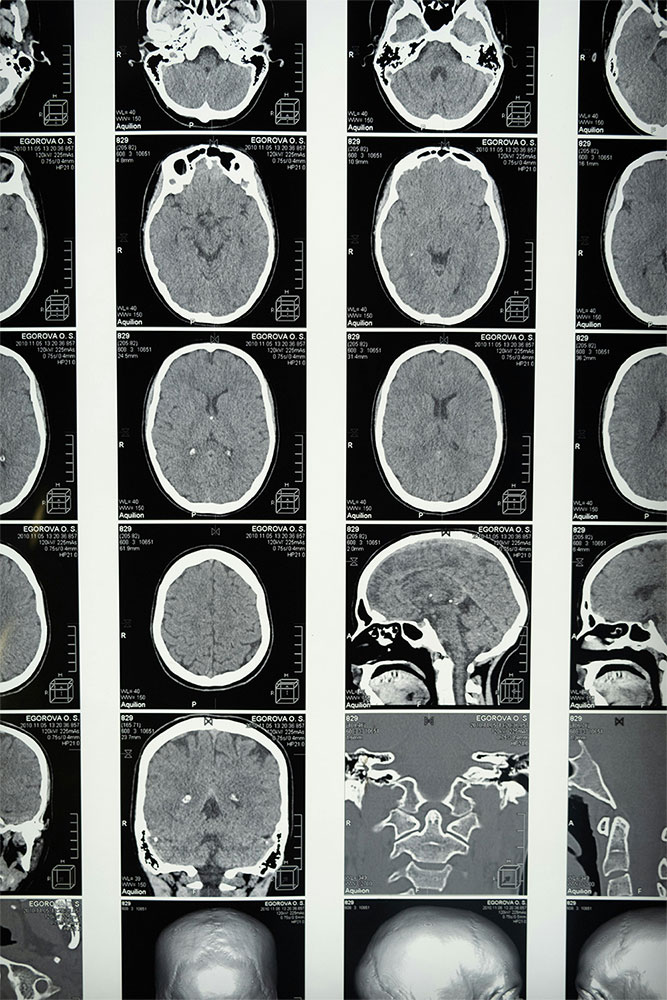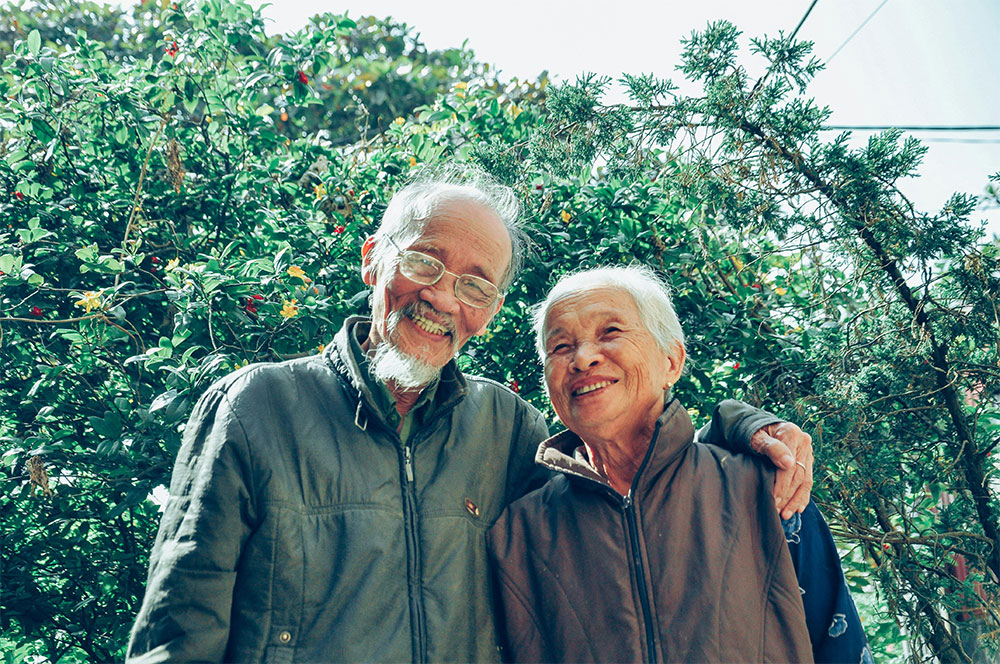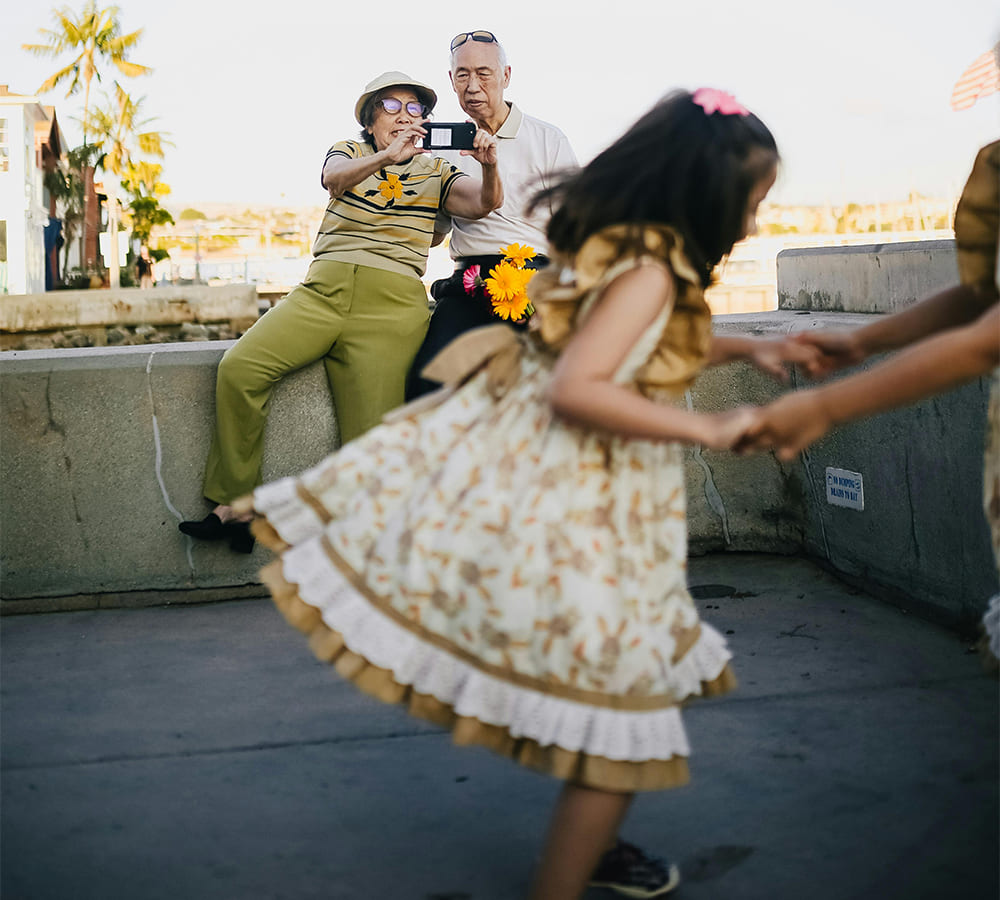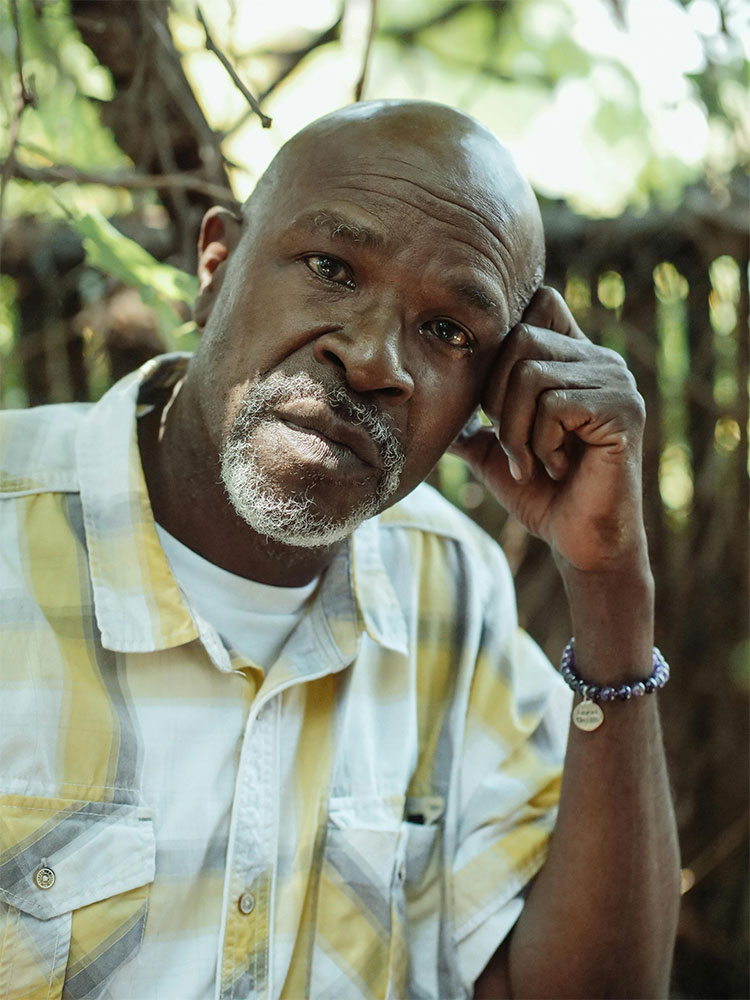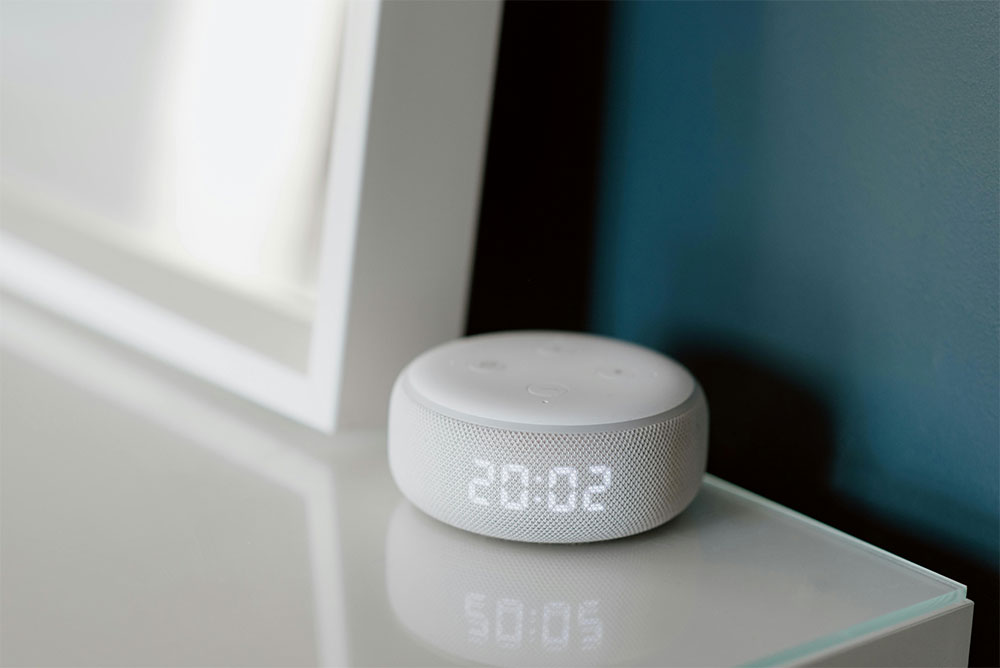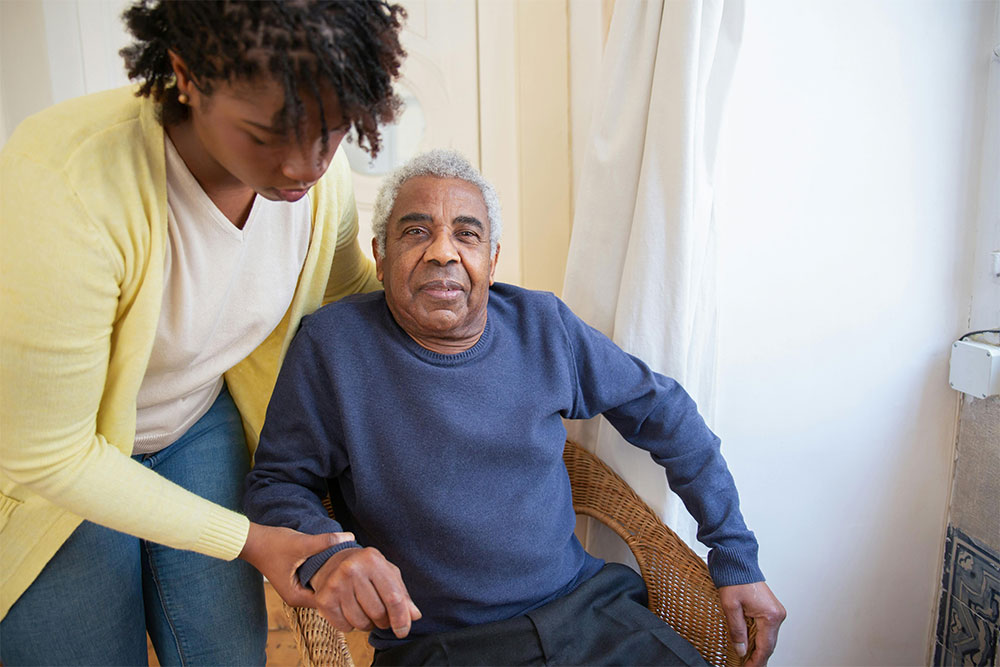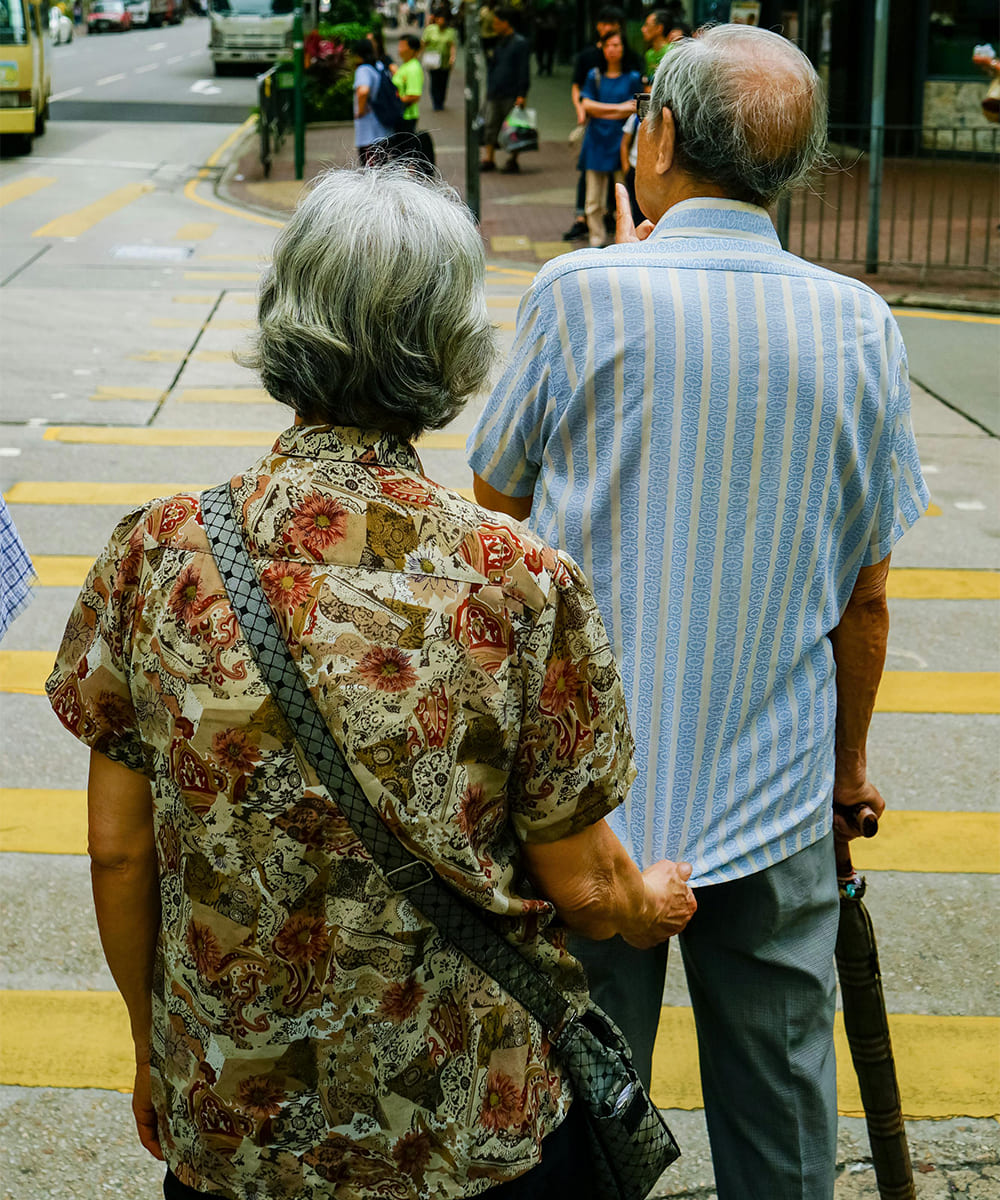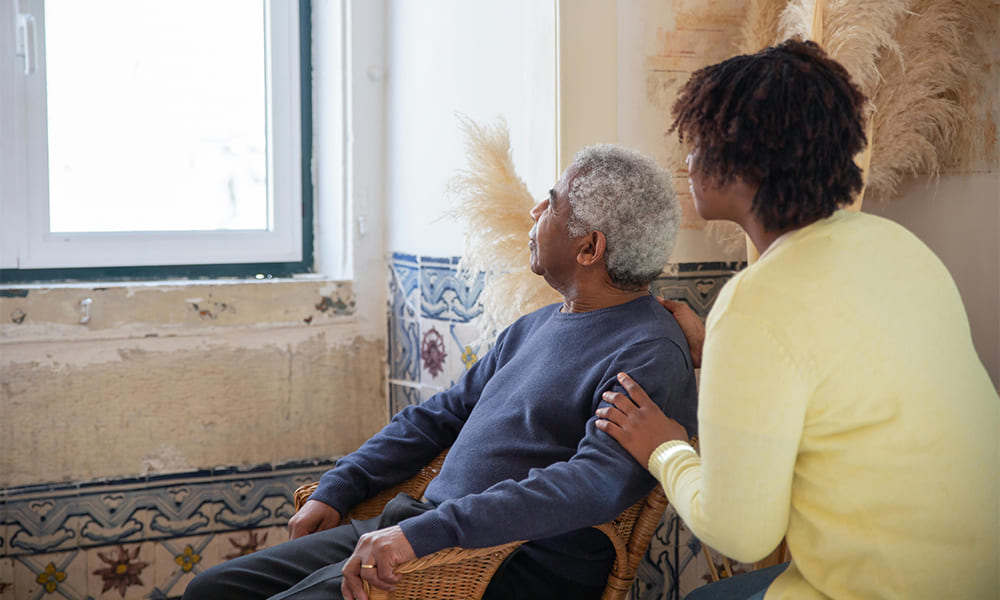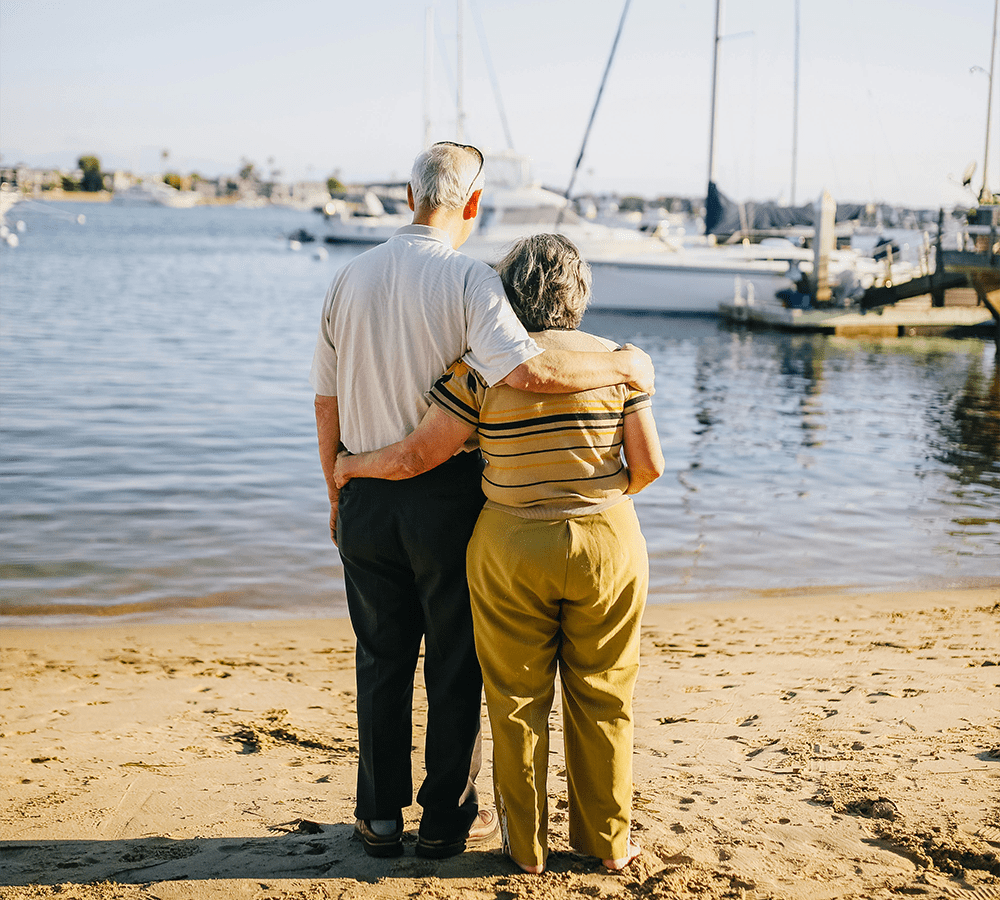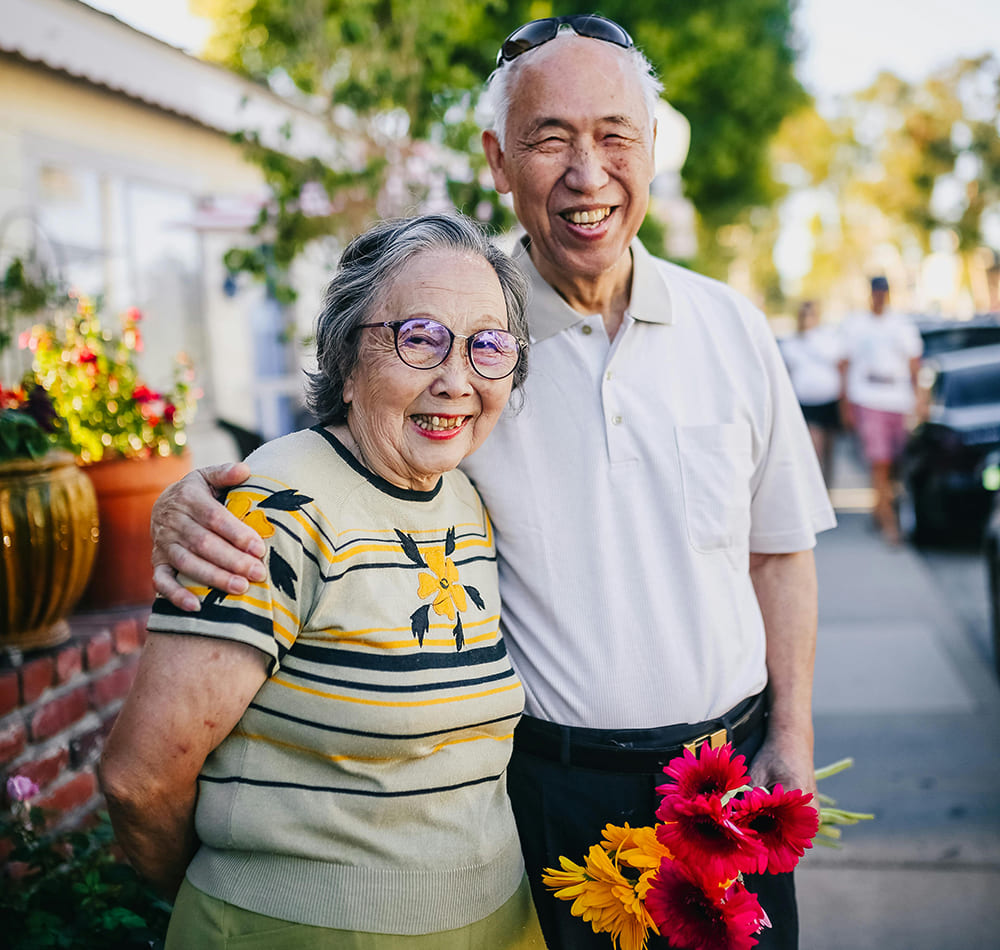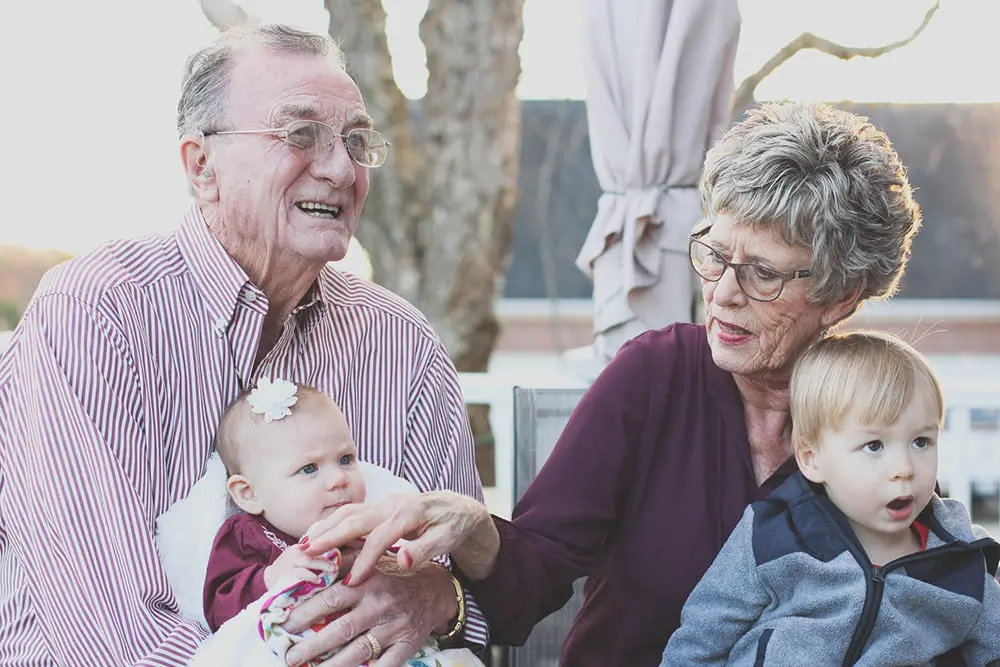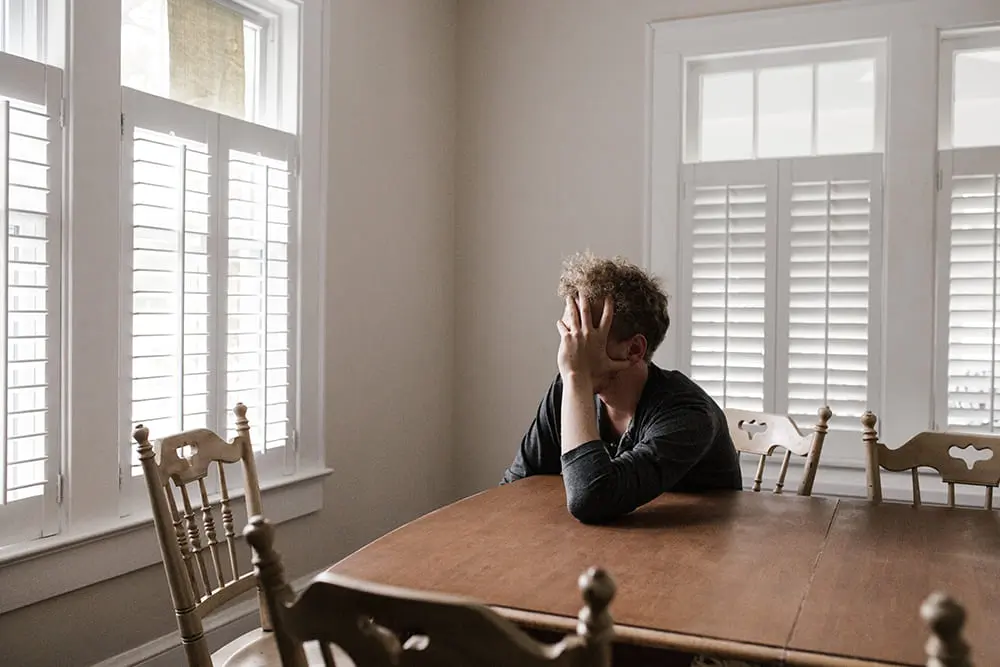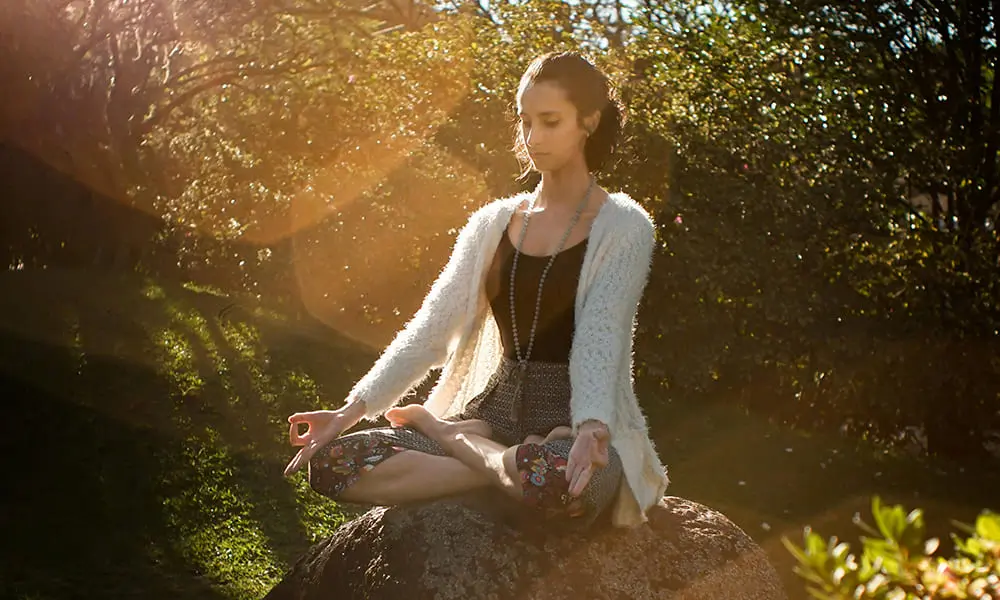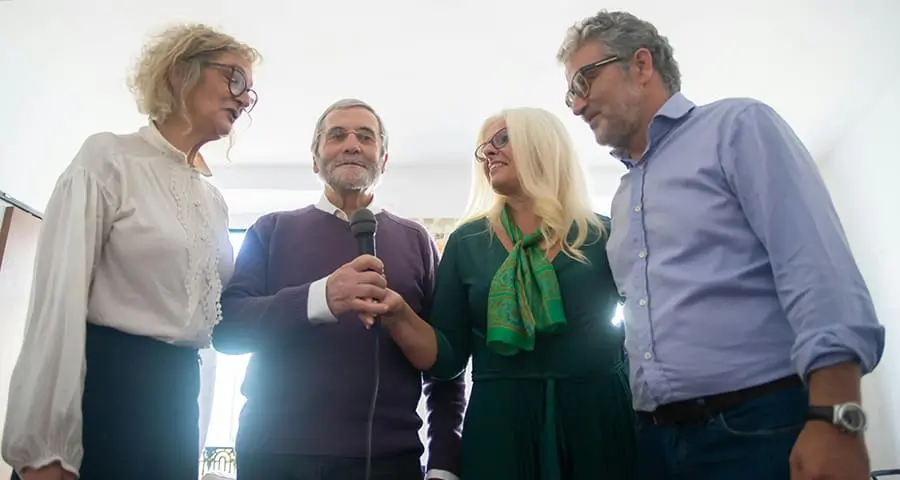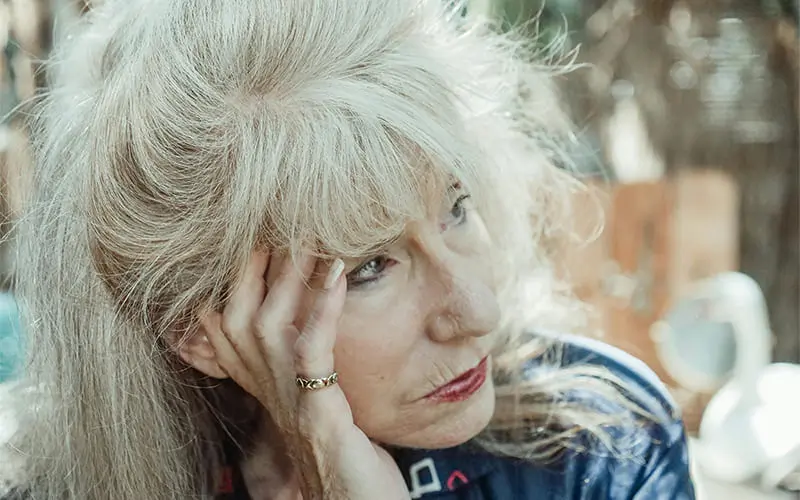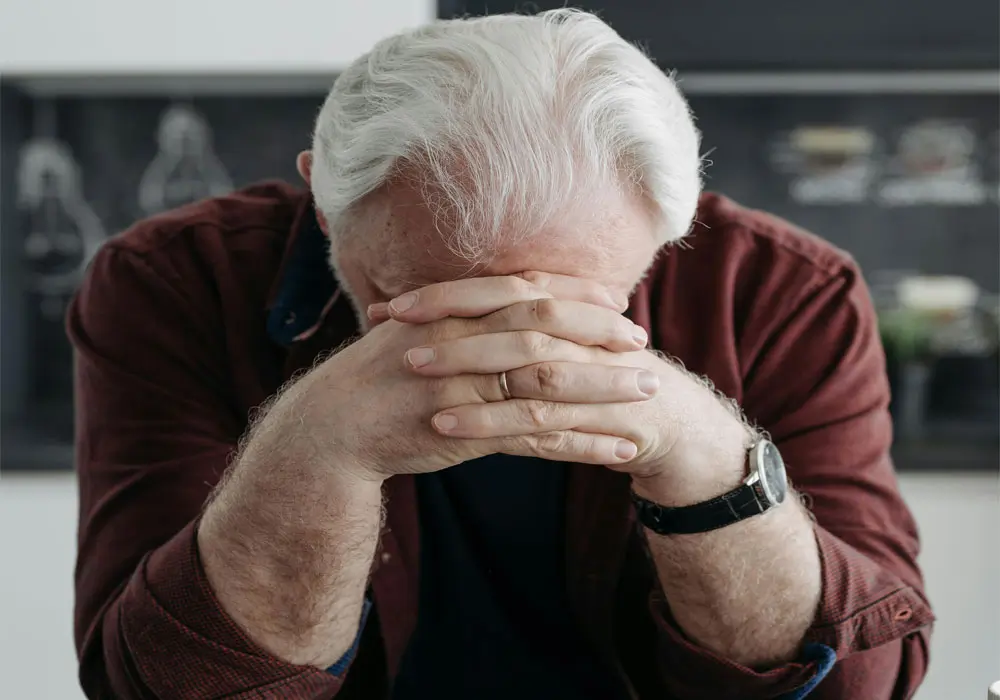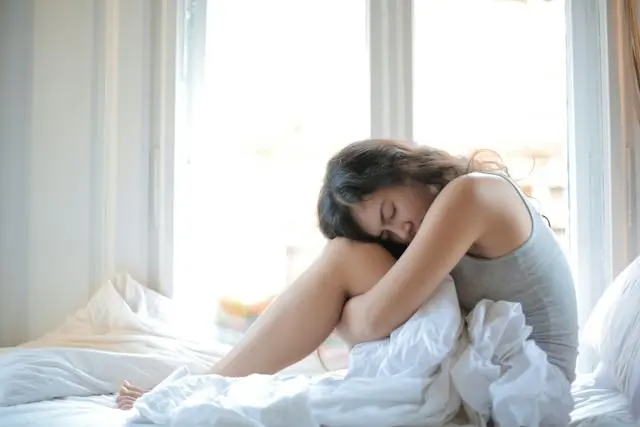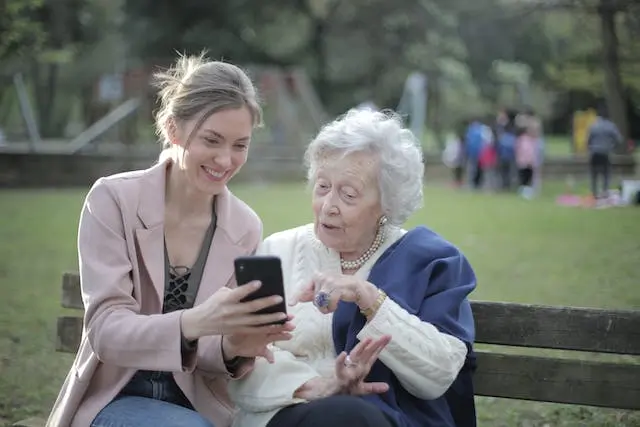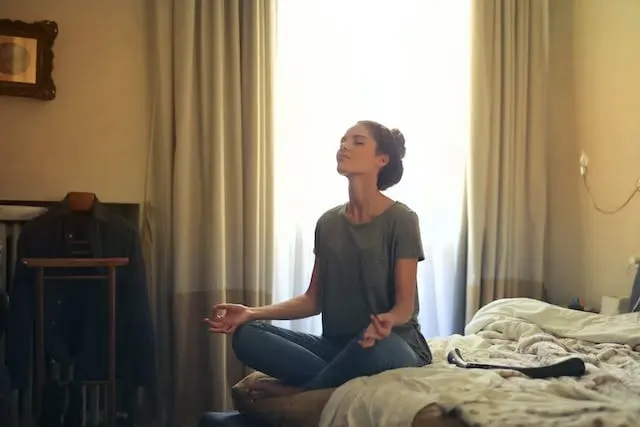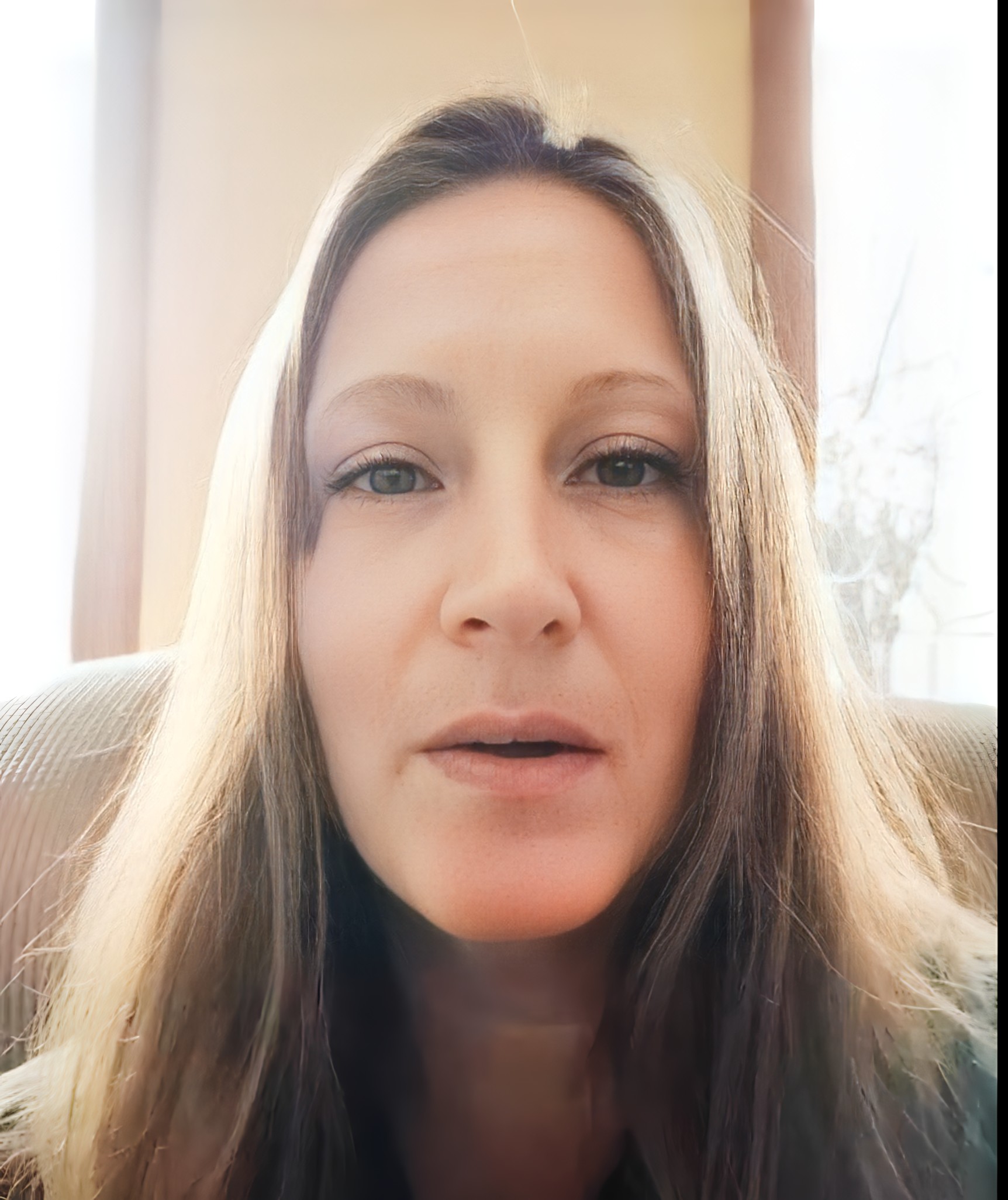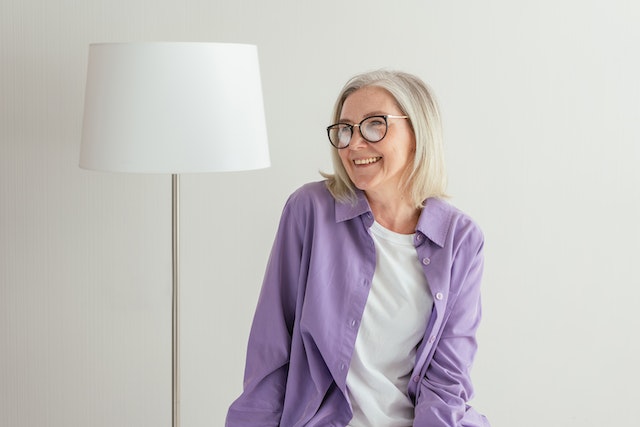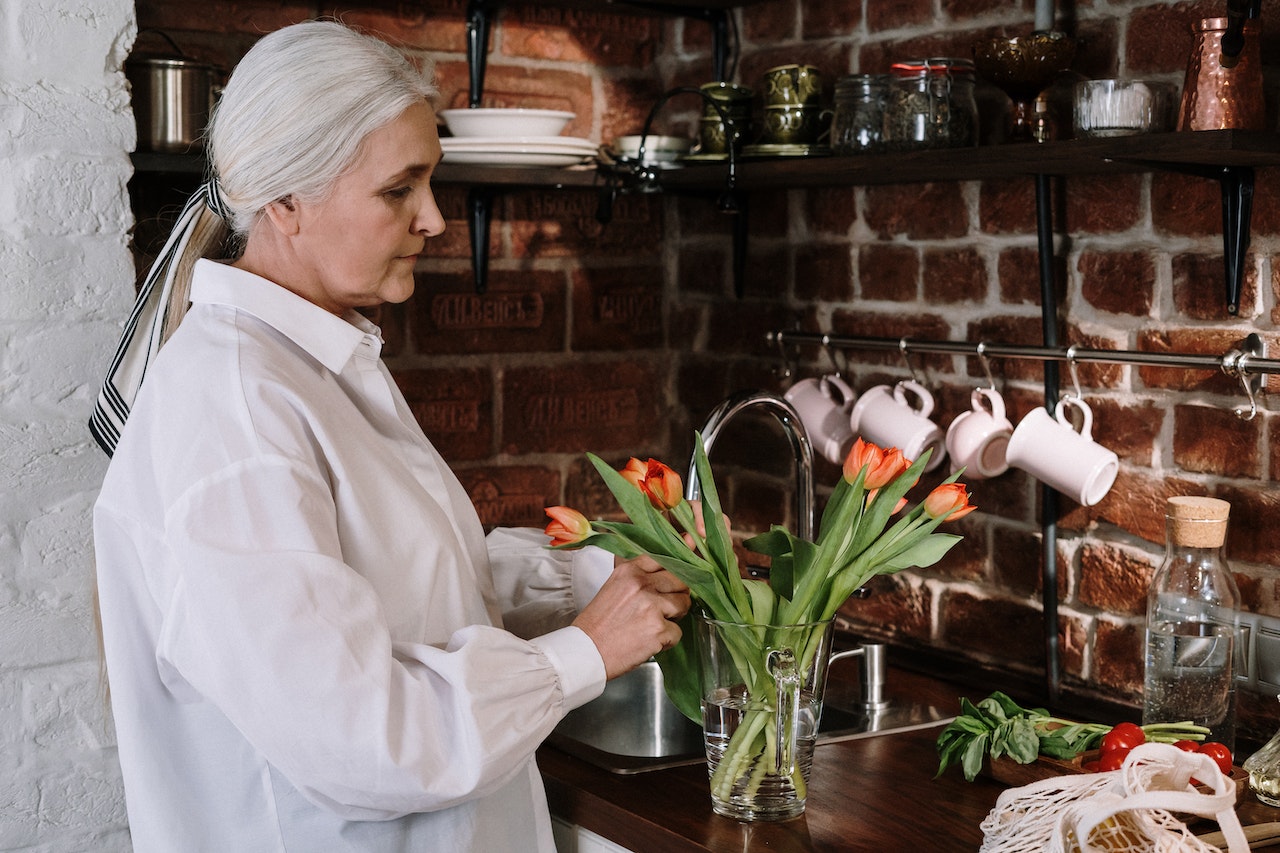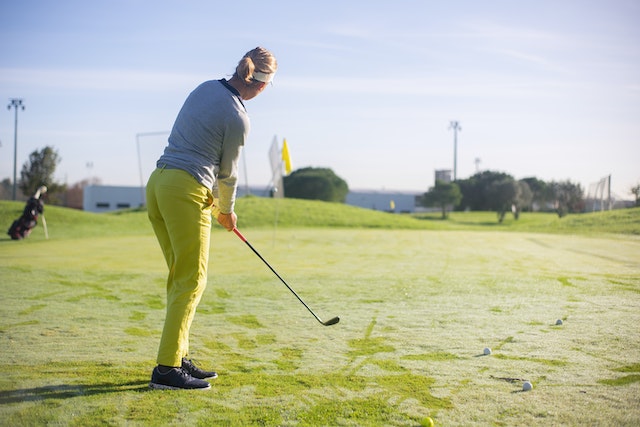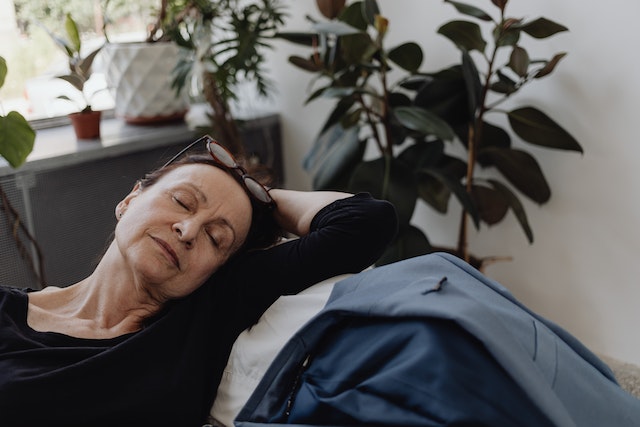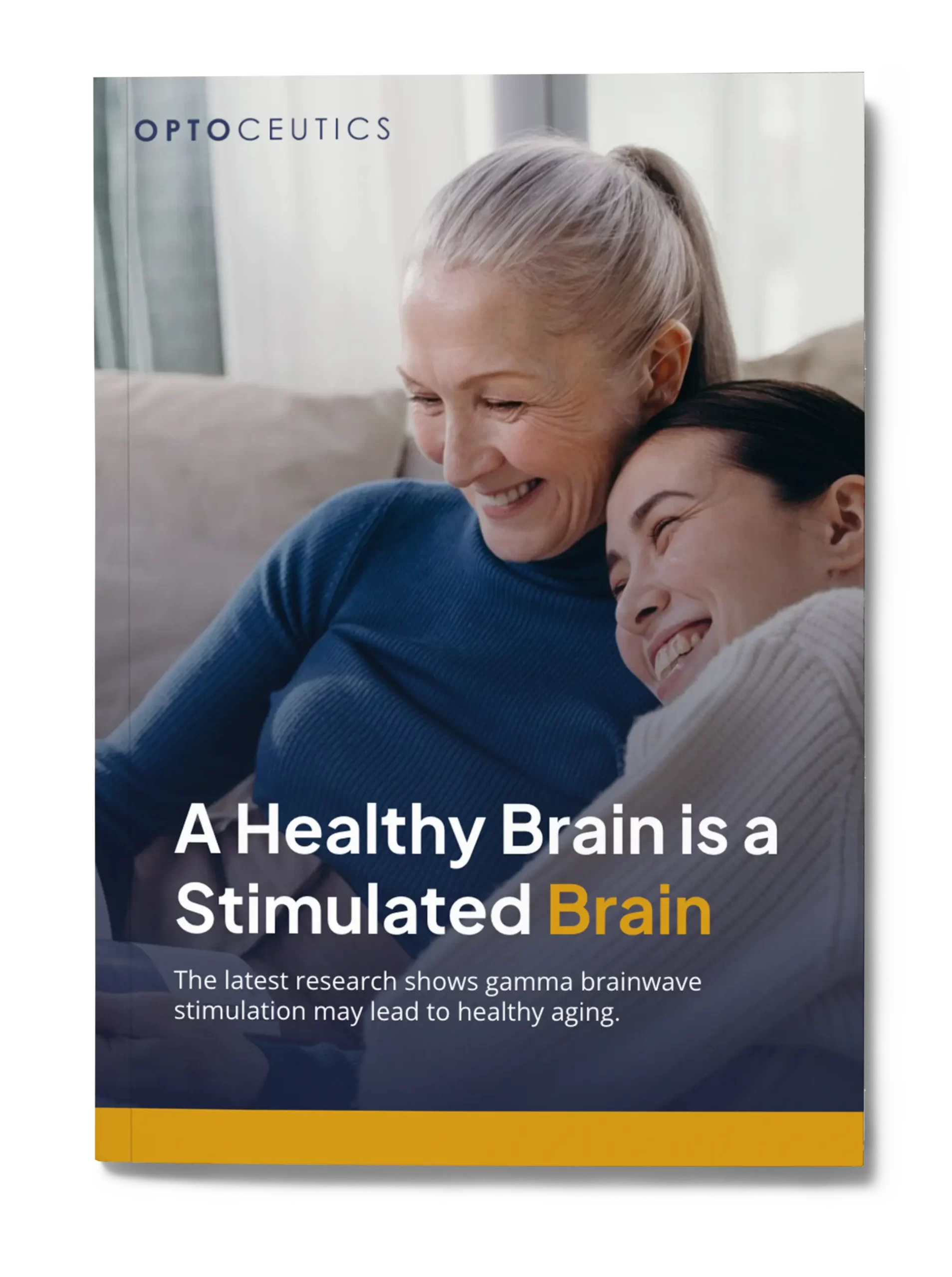SAD light, or Seasonal Affective Disorder Lamp, is used to treat symptoms of SAD. As for Grow light, it is used for the growth of plants and the process of photosynthesis. There have been instances where it is believed that SAD light was used as a Grow light and vice versa. Though they are said to be used interchangeably, there is inconclusive data as to whether it actually work. In this article, you will learn about SAD lights and Grow lights, their benefits, and also their disadvantages.
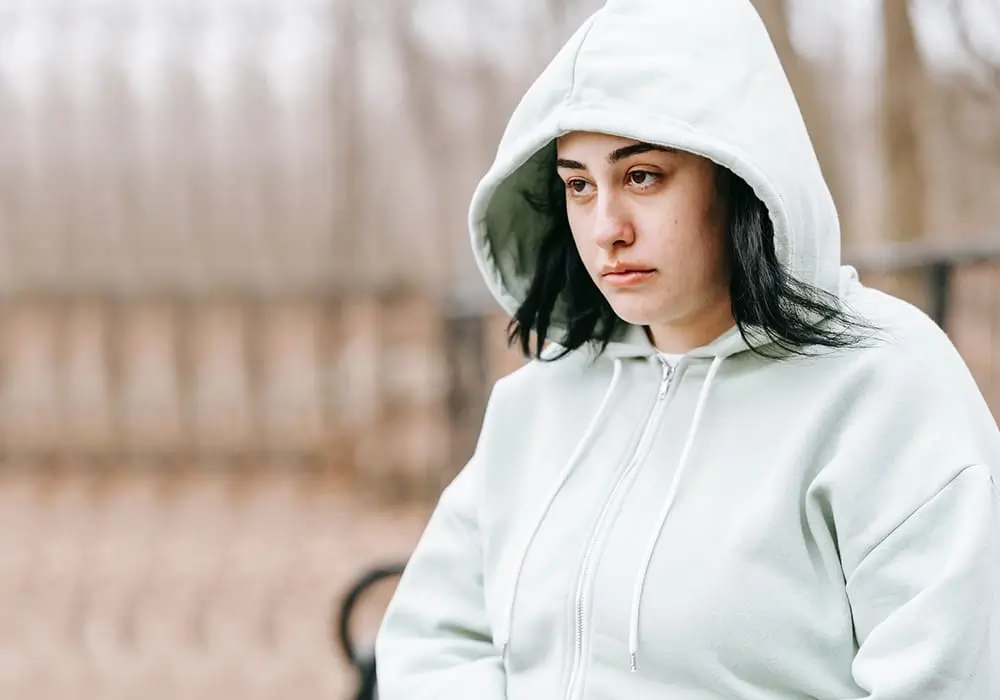
Christopher Ravn
Key Takeaways
1.Seasonal Affective Disorder (SAD) lights emit light in the full spectrum, which includes blue wavelengths.
2. Though both lamps emit light, a grow light is not the same as a therapy light.
3. To determine the appropriate duration for using a grow light for SAD treatment, it is essential to understand the potential risks associated with prolonged exposure to these lights on the eyes and skin.
Table of Contents
1. Sad Light vs Grow Light: Which One Is Better?
2. Is a Grow Light the Same as a Therapy Light?
3. Are Sad Lights Effective for Plant Growth?
4. Can Grow Lights Be Used for Seasonal Affective Disorder?
5. How Long Can I Use a Grow Light for Sad Treatment
6. Can a Grow Light Replace a Light Box for Sad?
7. Are Sad Lights Effective for Plant Growth?
8. Can I Use Seasonal Depression Lights on My Plants?
9. Benefits and Risks of Uv Radiation in Sad and Grow Lights
10. Are Full Spectrum Grow Lights Harmful to Your Eyes?
11. Can Led Lights Serve as Effective Grow Lights?
12. Are Grow Lights More Energy Efficient Than a Sad Light?
13. Frequently Asked Questions About ‘Sad Light vs Grow Light’
Sad Light vs Grow Light: Which One Is Better?
When we look at Sad lights and grow lights, we need to understand that they serve very different purposes. Though they have similar attributes, they differ when it comes to intensity, light spectrum, and intended use.
Seasonal Affective Disorder (SAD) lights emit light in the full spectrum, which includes blue wavelengths. These wavelengths are said to mimic natural sunlight that may help relieve symptoms of SAD. Their brightness level is around 10,000 lux, aiding in regulating the body’s circadian clock and promoting serotonin production. SAD lights are used as therapy lamps to help with SAD and other symptoms such as mood swings, low energy, and depression experienced during darker months. Additionally, SAD lights have been known to effectively reduce symptoms by acting as natural light, promoting serotonin production, and thus improving mood and increasing energy levels.
On the other hand, grow lights emit light in red and blue wavelengths. These wavelengths aid plants in photosynthesis and growth. Their intensity varies according to the type of plant and stage of growth; higher intensity is needed during the flowering and fruiting stages. Grow lights act as artificial light for indoor plants, promoting plant growth, increasing yield, and accelerating plant growth overall.
Is a Grow Light the Same as a Therapy Light?
Though both lamps emit light, a grow light is not the same as a therapy light. Additionally, they serve various purposes and have different characteristics.
A grow light functions as an artificial light for indoor plants, aiding in plant growth and the photosynthesis process. The wavelengths of this light are in the red and blue spectrums and are used at various stages of plant growth, with higher intensity needed for plants in fruiting stages. Therapy lights, on the other hand, are primarily designed for treating conditions such as SAD and other mood disorders caused by a lack of natural light. They generate a different light spectrum, including blue and sometimes green wavelengths, to mimic natural light and regulate the circadian rhythm.
Hence, a grow light is not a therapy light because it serves a different function and aids in plant growth.
Are Sad Lights Effective for Plant Growth?
Seasonal Affective Disorder (SAD) lights are not effective for plant growth. As mentioned earlier, they are intended for use on people due to their specific light emissions and wavelengths. If a SAD lamp is used for plant growth, it will be ineffective because it emits different wavelengths, particularly in the blue spectrum, compared to other lamps used for horticulture. Therefore, it is important to know the type of light being used, its wavelength, intensity, and intended purpose.
Can Grow Lights Be Used for Seasonal Affective Disorder?
Since grow lights emit both blue and red wavelengths, it is believed that the blue light emitted can help regulate circadian rhythms and improve moods affected by SAD. However, it is important to note that some grow lights emit in the full spectrum, mimicking exposure to daylight. While this may serve as an alternative, it is crucial to consider factors such as the optimal distance to place the light, the duration of use, and the intensity of the light to receive optimum benefits. Moreover, the effectiveness of using grow lights as an alternative may vary among individuals, as everyone responds differently to this type of light.
Sad Light vs Grow Light: Which One Is Better?
- Eye health: Long-term exposure to grow lights may lead to eye strain, discomfort, and potential damage to the eyes.
- Skin health: Some grow lights emit ultraviolet (UV) radiation, which poses a risk of damage, sunburn, and potentially skin cancer.
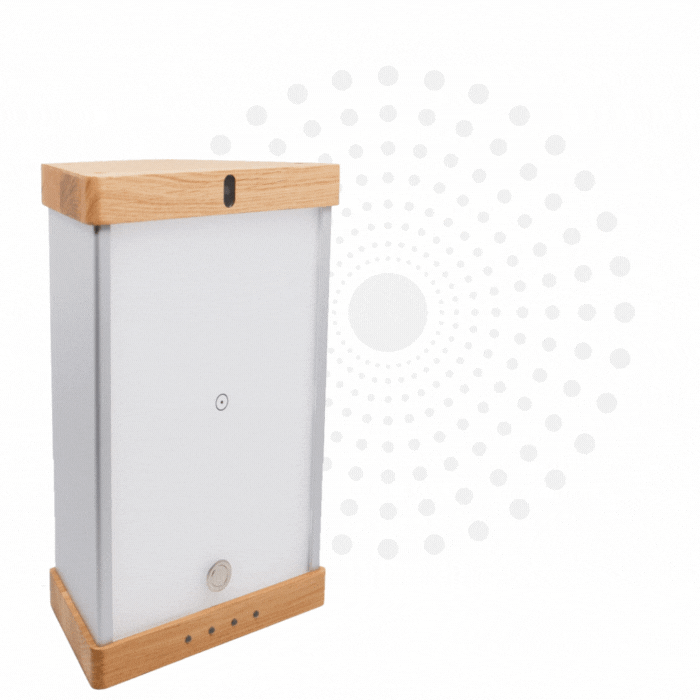
Enhance your brain performance through the power of light.
Comfortable and easy to use 40Hz light therapy to support and improve your brain function.
View Our LightCan a Grow Light Replace a Light Box for Sad?
Though some may use grow lights as an alternative to a SAD light box, it is still inconclusive whether they provide more benefits than issues. As mentioned, a grow light emits light in the blue and red wavelengths, while a lightbox emits primarily blue light for SAD treatment. Grow lights are specifically designed for plant growth and the photosynthesis process, whereas a light box was created with people in mind.
Although some grow lights are known to emit high-intensity light similar to light boxes, they are not currently regarded as equivalent substitutes.
Are Sad Lights Effective for Plant Growth?
Can I Use Seasonal Depression Lights on My Plants?
It is not recommended to use Seasonal Affective Disorder (SAD) lights for your plants as they do not promote plant growth. SAD lights provide light in the full spectrum, which includes blue wavelengths, and are designed for humans. Although some blue wavelengths emitted by SAD lights may benefit plants, the overall spectrum is not conducive or optimal for photosynthesis and plant growth.
We Believe Prioritizing Brain Health Enhances Your Quality Of Life
Get to know our team, our mission and how our EVY LIGHT® can provide you and your loved ones with a fuller life, letting you breathe a little easier.
Benefits and Risks of Uv Radiation in Sad and Grow Lights
When considering the benefits and risks of UV radiation in SAD and grow lights, it may present both advantages and disadvantages. Some grow lights are known to emit UVB radiation that assists with the growth of plants and flavor. This is because UVB radiation helps produce secondary metabolites known as flavonoids and antioxidants, which are essential for plants to achieve better growth and provide nutrition and flavoring. Additionally, the radiation from UV grow lights helps keep pests and diseases at bay.
However, it is important to note that UV radiation from both grow and SAD lights can cause leaf burns, stunt plant growth, and damage plant DNA. Although SAD lights are designed with minimal UV radiation, prolonged exposure to this light can harm the skin and increase the risk of skin cancer. Therefore, when using these lamps, it is crucial to adhere to safety guidelines. This includes wearing protective clothing, UV sunglasses, and sunscreen to shield yourself from direct exposure.
Skin Health Concerns With Prolonged Light Exposure
With prolonged exposure to SAD and grow lights, you face the risk of skin health issues. When it comes to skin health, overexposure to these lights may cause sunburn damage, skin irritation, and discomfort.
To use these lamps safely, you need to consider effective protective measures such as wearing protective clothing, including long-sleeve shirts and pants, and a wide hat to shield you from light exposure. Additionally, you should apply a broad-spectrum sunscreen that blocks UVA and UVB rays on your face, neck, and hands before starting your light therapy session. Additionally, make sure that you adhere to the manufacturer’s instructions and limit your exposure to these radiations. Make sure that the lamp is placed at a safe distance to reduce the intensity of exposure, and when possible, regularly check for any signs of redness or discomfort on your skin.
Are Full Spectrum Grow Lights Harmful to Your Eyes?
When examining the impact of full-spectrum grow lights on your eyes, particularly LED (Light Emitting Diode) and HPS (High-Pressure Sodium), many people have concerns. Let’s explore their effects and consider the benefits and drawbacks of these types of lights. Prolonged exposure to the blue light emitted by these lights may cause eye strain and discomfort. Additionally, some full-spectrum lights emit UV radiation, which increases the risk of eye damage, cataracts, and other issues. Furthermore, grow lights may induce headaches, eye fatigue, and other discomforts due to glare and flicker from the light.
Led Lights vs UV Light for Plant Growth
LED lights and UV lights are both utilized in plant growth, with each type offering its own set of benefits and disadvantages depending on the plant species and growth rate.
LED lights have several advantages for plant growth. They are highly energy-efficient and consume less electricity compared to other lighting sources. Additionally, LED lights can be customized to emit specific wavelengths, allowing for tailored light spectra to promote optimal plant growth. LED lights also boast a longer lifespan, reducing the need for frequent maintenance and replacement. However, please bear in mind that this is not to be confused with led therapy lamps.
On the other hand, UV lights are believed to stimulate the production of secondary metabolites in plants, such as flavonoids and antioxidants, which can enhance aroma, flavor, and nutritional value. However, prolonged exposure to UV radiation can result in adverse effects such as stunted growth and leaf burn.
Can Led Lights Serve as Effective Grow Lights?
In recent years, LED lights have gained popularity due to their efficiency compared to traditional lights. Let’s examine the efficiency and suitability of LED Grow Lights for supporting plant growth.
LED lights demonstrate prominence in energy efficiency, resulting in lower energy costs and a reduced environmental impact. They can be customized to cater to different spectral wavelengths of light, particularly blue and red lights essential for photosynthesis. Additionally, LED lights have a longer lifespan compared to traditional lights, making them cost-effective and environmentally friendly. Moreover, their minimal heat production helps mitigate heat damage to crops.
However, when comparing LED lights with specialized lights, it appears that specialized lights offer optimized light spectra tailored specifically for crops. They provide higher light intensity for enhanced growth and feature focused designs to adjust intensity effectively. Consequently, specialized lights may hold a competitive advantage over LED lights in supporting plant growth.
Are Grow Lights More Energy Efficient Than a Sad Light?
Grow lights are believed to be highly energy-efficient compared to traditional lighting. They consume less electricity while providing a sufficient light source for plant growth, resulting in lower energy costs. High-Intensity Discharge (HID) lights, such as metal halide and high-pressure sodium lights, are less efficient than LED lights.
As for SAD lights, they are designed to mimic natural sunlight and provide benefits for those suffering from seasonal affective disorder. These lights typically use fluorescent or LED bulbs, which are energy-efficient compared to incandescent bulbs. Therefore, SAD lights have a minimal impact on electricity bills. Although they may consume more energy, their design does not significantly increase electricity bills, especially when used for short periods.
Learn What Others Have Experienced with EVY Light
See how others have achieved a sharper mind by activating their gamma brainwaves in combination with maintaining a healthy lifestyle.
Frequently Asked Questions About ‘Sad Light vs Grow Light’
What Is the Difference Between a Sad Light and a Grow Light?
Seasonal Affective Disorder (SAD) lights emit light in full spectrum, which includes blue wavelengths. These wavelengths are said to mimic natural sunlight, which may help relieve the symptoms of SAD. Their brightness level is around 10,000 lux, aiding in regulating the body’s circadian clock and promoting serotonin production. This is unlike light therapy for depression, which typically involves exposure to a bright light source like a light box. These lights may help alleviate Seasonal Affective Disorder (SAD) and symptoms such as mood swings, low energy, and depression experienced during darker months.
On the other hand, grow lights emit light in red and blue wavelengths. These wavelengths aid plants in photosynthesis and growth. Their intensity varies according to the type of plant and stage of growth; higher intensity is needed during the flowering and fruiting stages.
Are Sad Lights Effective for Plant Growth?
Seasonal Affective Disorder (SAD) lights are not effective for plant growth. As mentioned earlier, they are intended for use on people due to their specific light emissions and wavelengths. If a SAD lamp is used for plant growth, it will be ineffective because it emits different wavelengths, particularly in the blue spectrum, compared to other lamps used for horticulture. Therefore, it is important to know the type of light being used, its wavelength, intensity, and intended purpose.




